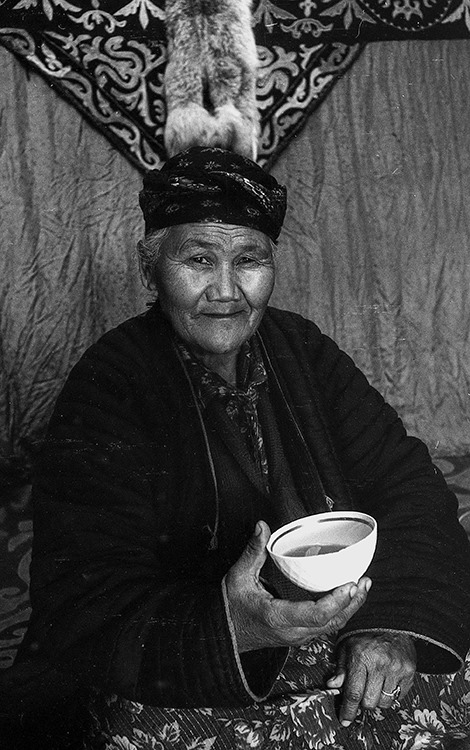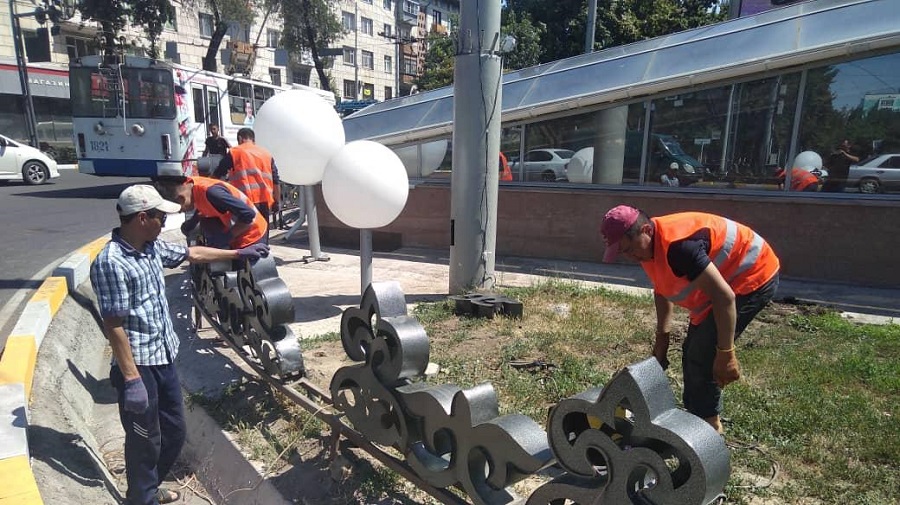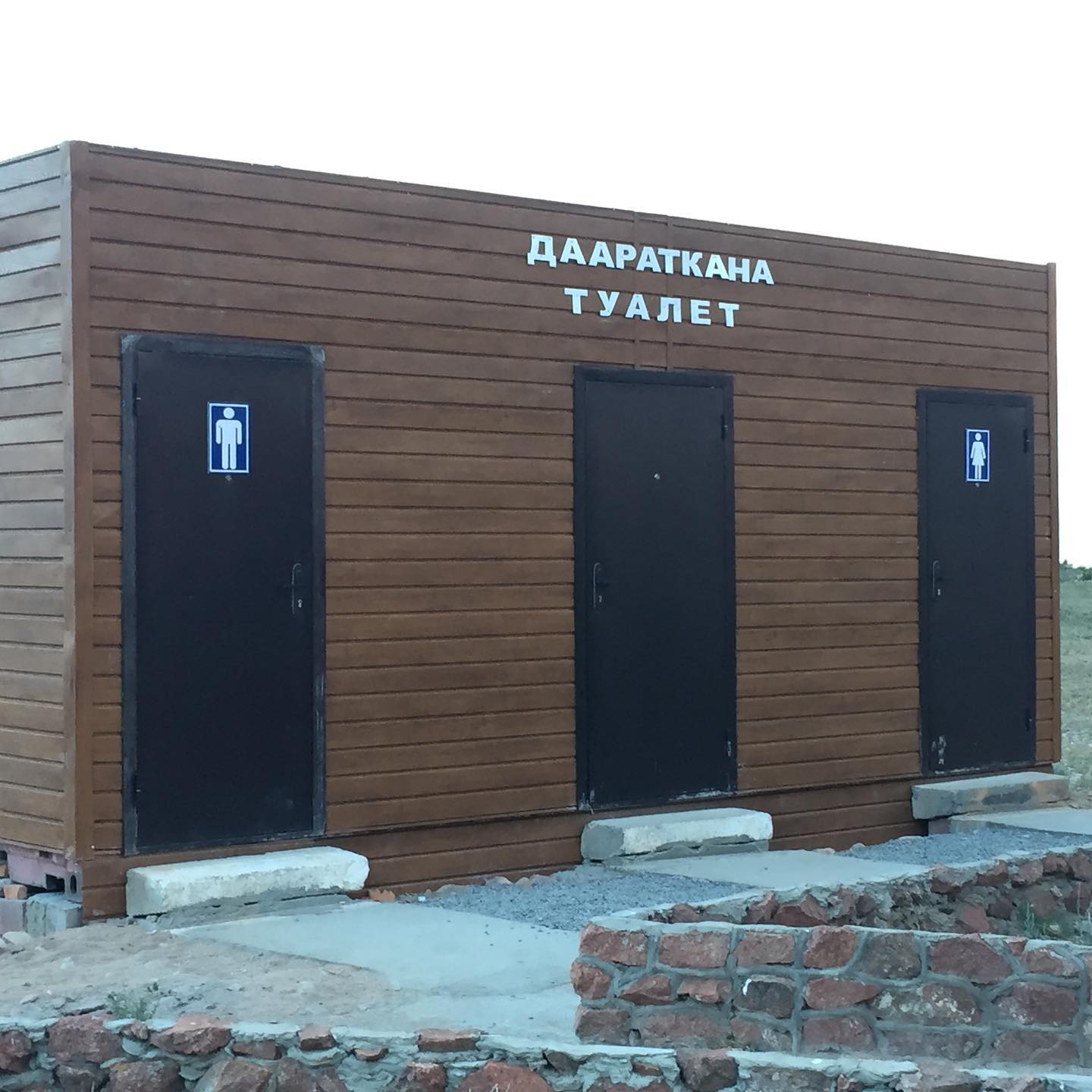
Berkut Status: VI category, Near Threatened, NT: R. One of four species of the genus in the fauna...
As of October 21, 2025, at 11:00, the air quality index in Bishkek is recorded at [b]104...
According to IQAir, as of 4:00 PM on October 23, 2025, Bishkek recorded an air quality index of...
According to IQAir, as of October 21, 2025, in Bishkek at 17:00, the air quality index is...
As of 10:00 AM on October 22, 2025, the air pollution level in Bishkek is rated at [b]119...
According to IQAir data, as of October 22, 2025, at 16:00, the air quality index in Bishkek is...
As of October 23, 2025, at 11:00, the air quality index in Bishkek is [b]90...

The Livestock Breeders' Holiday #throughfedorovseyes In 1991 – 27 and a half years ago – the...

Golden Trichanthemis Centaury Status: VU. A rare narrowly endemic species of the Alai Ridge, an...

The guilty party voluntarily came to the police and confessed to the crime. The damaged...

The tourism department announced who will be in charge of maintaining order in the restrooms The...

Sulaimanov Shaiyrbek Alibaevich (1968), Doctor of Medical Sciences (2001) Kyrgyz. Born in the...

The mobile wallet has become even more convenient Great news for all drivers! Now, to take...

On November 4, Russia widely celebrates National Unity Day. However, this date is not only observed...

The Batken Region was established on October 12, 1999, from the Osh Region. It includes the...

The Osh Region was established on November 21, 1939, replacing the former district. After numerous...

Attractions of the city of Osh...

Ibraimov Abyt Ibraimovich (1948), Doctor of Biological Sciences (1985), Corresponding Member of...

Fergana Ground Beetle Status: Category II (VUB1ab(iii)+2ab(iii)c(iii,iv); C2b). A narrowly...

Cities Talas...

Susamyr Catchfly Status: EN. A rare species found in small numbers and in a limited area, which...

Vigorous Ground Beetle Status: Category II (VUBlb(iii)+2b(iii,iv); C2b). A narrowly distributed...
Kyrgyzstan is a small country bordering Uzbekistan, Kazakhstan, and Russia. The main attractions...

Mountains: Ak-Suu - Karavshin (Asian Patagonia)...

The State National Russian Drama Theater named after Chinghiz Aitmatov constantly delights art...

Red Wolf Status: III category Critically Endangered, CR: R. There have been no confirmed sightings...

Dzhenbaev Bekmamat Murzakmatovich (1960), Doctor of Biological Sciences (2001). Kyrgyz. Born in...

Parents will be grateful to all caring Kyrgyz citizens who can help and support the child. Little...

Griffon Vulture Status: V category, Vulnerable, VU, C1. A rare species whose population is...

Steppe Harrier Status: Category VI, Near Threatened, NT. One of 4 representatives of the genus in...

Steppe Eagle Status: VI category, Near Threatened, NT: R. One of four species of the genus in the...

GRENADA A country on the eponymous island and two islands from the Grenadines group in the Lesser...

Sclerotiaria pentaceros Status: CR B2ab(iii). Endemic to a monotypic genus....

Cnidiocarpa alaica Status: VU. A rare representative of a monotypic genus....

Andrachne-like Scullcup Status: VU. A very rare rocky species, narrowly endemic to a small section...

Kaufmannia Semenova Status: VU. Endemic, rare species....

Kirghizobia Longicorn Beetle Status: I category (ENA4bc; B1a+2ab(i,ii,iii,iv)). A narrowly...

Asian Barbastelle Status: VI category, Near Threatened, NT: R....

html Turkestan Catfish Status: 2 [VU: E]. The only representative of the genus in...

The Naryn Region is located in the southeast of Kyrgyzstan and was first established on November...

Alekseev Vladimir Petrovich (1955), Doctor of Medical Sciences (2002)...

Coronate Spiketail Status: Category II (VUA4bc; B2b(iii,iv); D2). A locally occurring species with...

Chuy Ostroluchka Status: 2 [CR: C]. Possibly already extinct in Kyrgyzstan, an endemic...

Kolyuchelistnik kachimovidny Status: VU. A species with a rapidly reducing range. The roots of...

An original master of landscape is Naryn Turpanov. Unlike most artists, he immediately found his...

Issyk-Kul Scaleless Osman Status: 2 [CR: D]. Lake form, very rare, critically endangered....

A specific form of natural conditions is represented by the internal adverse dangerous natural...